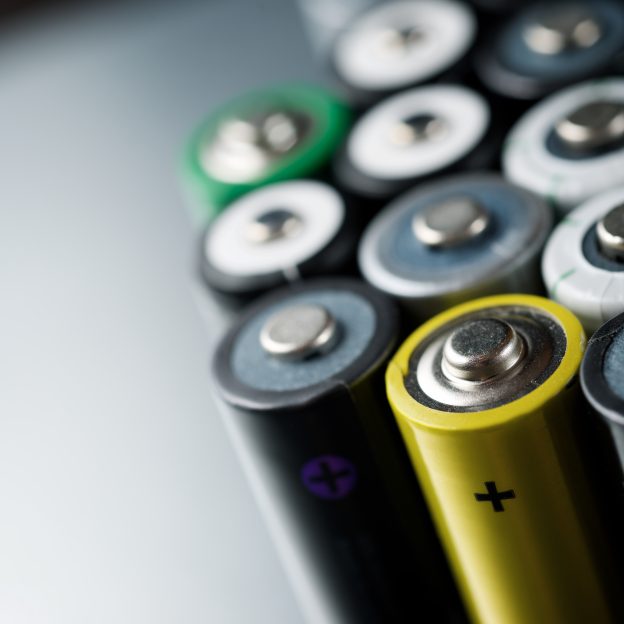
Renewable energy sources produce electricity on an intermittent basis. That’s why it’s important to take off-hours into account when pushing for renewable energy adoption (off-hours referring to periods when solar panels and wind farms are unable to generate electricity, due to the lack of sunlight or wind). In light of this, a team of scientists from the University of Southern California developed a new type of redox flow battery from inexpensive, readily available materials. In addition, this newly developed battery system boasts a high degree of durability.
Redox batteries are structurally distinct from conventional, compact-sized lithium-ion batteries. Redox batteries produce electricity through two ultra-large storage containers, between which is an ion-exchange membrane. USC states that the new batteries use “fluids to store electrochemical energy, sorting electrons and recombining by reduction and oxidation, and releasing them to make electricity”.
The most common type of redox battery is the VRB, or vanadium redox battery. Despite its high capacity and its suitability for grid-level energy storage applications, vanadium battery fluids contain dangerous and non-environmentally friendly elements, including vanadium and bromine. Also, vanadium batteries are expensive to manufacture. In light of this, USC researchers have decided to give the conventional redox battery a total overhaul by building a new type of redox flow battery system with organic materials and industrial mining wastes.
The materials used by USC scientists are all relatively abundant. Case in point, “iron sulfate is a waste product of the mining industry,” according to USC. The compound can be used as a mordant or a coagulant for industrial wastewater, in addition to being an effective hemostatic agent in medical applications. The other material involved in redox flow battery production is AQDS, or anthraquinone disulfonic acid, which comprises carbon-based materials, such as carbon dioxide. AQDS is used in redox flow batteries because of its high stability, solubility, and energy storage ability.
The USC team found that these two abundant and inexpensive materials can work in tandem to great effect, with major potential for large-scale energy storage applications. What’s more, the new redox flow batteries do not degrade even after hundreds of charge cycles. In contrast with vanadium redox batteries, the redox flow batteries are significantly cheaper to produce, in turn helping to reduce the overall cost of electricity as well.
The scientists project iron sulfate at US $0.1 per 2.2 pounds and AQDS, if mass produced, at $1.6 per pound. The team at USC estimates that the new redox flow battery costs $66 per kWh, which is less than half the electricity cost of vanadium redox batteries and far lower than the $156 per kWh cost of lithium-ion batteries.
Lead author Sri Narayan indicated, “To date there has been no economically viable, eco-friendly solution to energy storage that can last for 25 years. Lithium-ion batteries do not have the long-life and vanadium-based batteries uses expensive, relatively toxic materials limiting large-scale use. Our system is the answer to this challenge. We foresee these batteries used in residential, commercial and industrial buildings to capture renewable energy”.
(Image:pixabay)







